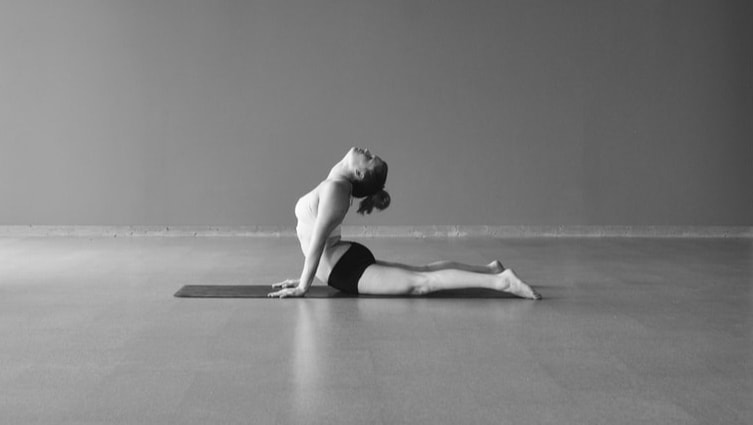|
When we step in front of a class of students to teach, it is natural for the ego to grow. After all, the teacher is one person while the class is many people. The teacher knows about the practices, history and purpose while the class is learning. The teacher controls the practice while the students follow her lead. All attention is directed toward the teacher. It is normal for this to create an inflated sense of importance. But the teacher and student are two parts of a larger system of learning, and they need to work together to be successful. As much as the student must serve the teacher to learn and progress, the teacher must also serve the student. The two are an inextricable team. In the Sivananda tradition, there is a little invocation that precedes every class, describing this union between the teacher and student, and how they must work together in harmony. May we (the teacher and the student) be protected together, May we be nourished together, May we both work together with great energy, May our study be enlightening and not give rise to hostility. ...AND NOT GIVE RISE TO HOSTILITY
I especially like the last line: "May our study be enlightening and not give rise to hostility." It is pretty easy for the teacher to resent students who do not listen to instruction. These students make the teacher feel powerless and worthless, so the teacher dislikes them. Hostility is born. It is also easy for the student to resent the teacher. The student may be struggling to understand or progress. Or he may have conflicting experience or knowledge that makes him resist the new teachings. Or he may just be having a bad day. As the teacher pushes the student to conform, the student grows frustrated with the teacher. More hostility is born. BETTER COMMUNICATION It is important not only to avoid this hostility, but to actively promote collaboration and communication between teacher and student. We are all in it together. It is a symbiotic relationship, as the student can not exist without the teacher and the teacher can not exist without the student. A student must always be able to ask questions. Surprisingly, the questions will help the teacher as much as the student. They reveal the student's understanding--where he gets it and where he struggles. This is the single greatest tool that a teacher can use to serve her students.
1 Comment
|
AUTHORSScott & Ida are Yoga Acharyas (Masters of Yoga). They are scholars as well as practitioners of yogic postures, breath control and meditation. They are the head teachers of Ghosh Yoga.
POPULAR- The 113 Postures of Ghosh Yoga
- Make the Hamstrings Strong, Not Long - Understanding Chair Posture - Lock the Knee History - It Doesn't Matter If Your Head Is On Your Knee - Bow Pose (Dhanurasana) - 5 Reasons To Backbend - Origins of Standing Bow - The Traditional Yoga In Bikram's Class - What About the Women?! - Through Bishnu's Eyes - Why Teaching Is Not a Personal Practice Categories
All
Archives
May 2024
|







 RSS Feed
RSS Feed